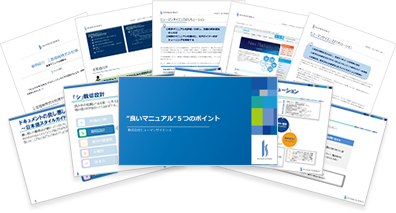
Hello! This is Consultant K.
This time, I wrote a blog focusing on the important "table of contents" in manual creation, as an introduction to "Creating Manuals." I would like to share some tips on how to create a good table of contents, along with examples of tables of contents I have seen in the past.
- Table of Contents
1. The Impact of the 'Table of Contents' on the Searchability of Manuals

Does the manual you are creating have a table of contents?
Many people have revised the main text multiple times, but surprisingly, there are quite a few who have never deeply considered the table of contents or do not understand its necessity in the first place.
The table of contents plays an important role in helping readers quickly find the information they want to know.
This is because the table of contents indicates "where in this manual everything is written," serving as a sort of "guide to the manual," allowing readers to reach the information they seek.
Manuals created by those who understand how to create a table of contents and those who do not will show a significant difference in "searchability," meaning how quickly one can reach the desired information.
Additionally, when to consider the table of contents for the manual is also important.
Some people think carefully about it before writing the content of the manual, while others may consider it after writing the content. Especially when creating internal business manuals, it seems that many people extract the table of contents after writing the content and then finalize it without particularly reviewing it.
However, if you create the table of contents after writing the content of the manual, it will lack consistency, making it difficult to find the necessary information. It is recommended to think about and create the table of contents before writing the content of the manual.
So, what kind of table of contents can enhance the searchability of a manual? I will introduce this using a subpar table of contents and its proposed revisions.
2. Does your table of contents look like this? ~3 Subpar Table of Contents Choices~
Now, I will introduce a not-so-great table of contents that I actually came across, along with my proposed revisions.
Not quite Table of Contents ① Unable to visualize the flow of information
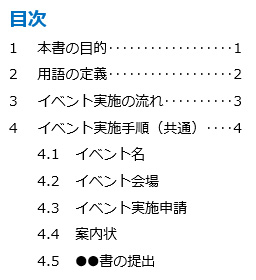
This is a manual regarding event planning and execution operations.
Even looking at the table of contents, it is difficult to envision the flow of operations for executing an event. With such a table of contents, even if you want to investigate the steps of this task, you cannot find the information you need.
Proposal 1: Summarize overview information and structure work procedures according to the business flow
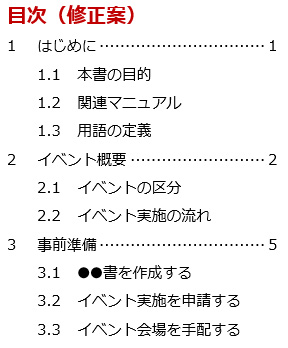
Chapter 1 summarizes the basic information about the manual, and Chapter 2 provides an overview of the event. From Chapter 3 onwards, the content is structured according to the flow of the event implementation, including preparations.
It is clear that if you want to know about the overview, you should refer to Chapter 2, and if you want to know the details of each procedure, you should look at Chapter 3 and beyond.
Table of Contents ② Can't imagine what's written from the headings
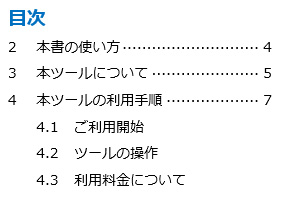
This is a user manual for a certain tool.
The heading "Tool Operations" is too broad, making it difficult to envision specific content. Even if you want to know about "the operation of ●●", you cannot search for it precisely. Similar to Table of Contents ①, this is a table of contents that makes it hard to find the desired information.
Revision Proposal 2: Modify the heading to make it clear what is written without reading the main text
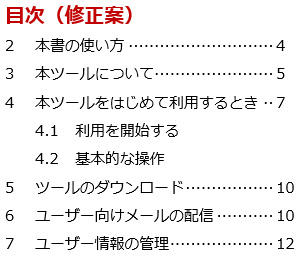
In Chapter 5 and beyond, specific operations are summarized.
The information is categorized according to the reader's desire to know about "●● operations," allowing for precise access to the desired information.
Table of Contents ③ The structure leads to important things being overlooked
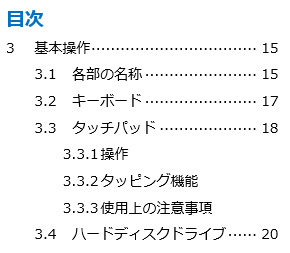
This is the user manual for the laptop.
Since the "Precautions for Use" section is separate, it may not be seen while actually operating the device. It is also unclear when the precautions should be read, which may result in the important information not being read.
Proposal 3: Include notes in the description of related operations
The "Precautions for Use" will not be treated as a separate item, but will be included in the sections where related operations are described.
In doing so, it will be made clear at a glance that it is a precaution, so as not to be confused with the main text.
How about that?
I believe the revised proposal seems clearer and more searchable.
Next, we will introduce the steps for creating a good table of contents.
3. 5 Steps to Create a Good Table of Contents

Now, let me introduce the steps to create a good table of contents.
By working on the table of contents in the order of Step 1 to Step 5, you should be able to create a good table of contents that makes it easy for readers to find information.
Step 1: Identify the information to convey
Let's list all the items that should be explained to the manual's readers without missing anything.
Don't forget to identify the preparatory work before starting operations and the prior information users need to use the product.
Step 2: Organize and classify information
Let's organize and categorize the information we have gathered from the reader's perspective.
In the case of product manuals, it may be divided by specifications, but that is not always the best approach. We should carefully consider "What do users want to do with the product?" and "How do users search for information?" and categorize accordingly.
Step 3: Organize the information and arrange it clearly
Let's organize and arrange the information in a way that is easy for the reader to understand.
Basically, it is structured in "chapters, sections, and items." When arranging information, following the principles below will result in a clearer order.
• From overview information to detailed information
• From general information to specific information
Step 4: Add a Heading
Use expressions from the reader's perspective and create headings that allow the content to be inferred.
By imagining the reader's actions and using verbs like "to do," the content can be intuitively understood, making it easier to find the necessary information.
For example, when explaining the steps for heating using a machine, a heading like "Heating" is not as effective as "To Heat." This is because "Heating" alone does not clarify whether it is explaining the mechanism of heating or the method of heating.
Step 5: Review the Entire Document
Let's review the entire process from the perspectives of Steps 1 to 4.
• Are there any missing items?
• Are the chapters and headings created from the reader's perspective?
• Is there consistency in the headings?
• Is the order of information clear to the reader?
• Is the structure such that important information is not overlooked?
Once you have confirmed that there are no issues with these, the creation of the table of contents is complete. Based on this table of contents, let's create the content of the manual.
We, the manual professionals, consider the table of contents before writing the content of the manual, as shown in the steps above. By starting with the creation of the table of contents, we can achieve the following effects.
• Gain an overview of the manual at an early stage
• Adjust the granularity and volume of the information included in the manual while keeping an overall perspective
• Distribute the task of writing content based on the table of contents
Everyone, please try to create a table of contents by following the five steps before writing the content of the manual. This should help you create a better table of contents and ultimately a more searchable manual.
4. Summary
This time, we focused on the table of contents of the manual, introducing its importance and the steps for creating it. How was it? If you felt, "I have never spent time creating a table of contents before," please consider referring to the above when you create your next manual.
"Even so, there is no time to spare" "But since we are creating a manual, we want to ensure it is a manual where information can be found reliably," we recommend consulting with experts for companies that think this way.
Human Science has a proven track record of creating numerous manuals since 1985. We are truly a professional group in the field of business manual creation. We can provide consistent support from organizing current issues to formulating improvement policies and creating customized manuals. If you have any difficulties in creating business manuals, please feel free to consult us.
Feature 1: Extensive Manual Production Experience with Large and Global Companies
Human Science has a track record of producing manuals for 243 companies and 3,148 projects, primarily in the manufacturing and IT industries. We have had renowned companies such as "Docomo Technology Inc.", "Yahoo Inc.", and "Yamaha Corporation" as our clients.
Feature ②: Research and Analysis by Experienced Consultants - Output
The creation of business manuals is handled by our experienced consultants at Human Science. Our skilled consultants will propose clearer business manuals based on their extensive experience and the materials provided. Additionally, manual creation is possible even from the stage where no materials are available. The assigned consultant will conduct interviews and create the manuals.
Feature ③: Not only creating manuals, but also providing support for implementation
Human Science is responsible for the important phase of "implementation" after manual creation. For example, even after the manual is created, we will conduct updates and hold manual creation seminars. By implementing various measures, we approach the goal of ensuring that the manuals are established in the field.
Thank you for reading until the end.
I hope this blog serves as a helpful hint for creating easy-to-read manuals.
Tips for Creating and Establishing Business Manuals
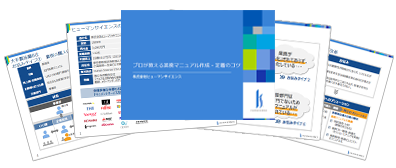
Related Services
- Services
- Business Manual Creation Services
- Services
- User Manual Creation Service
- Services
- Video Manual Creation Service
- Services
- Manual Translation Services














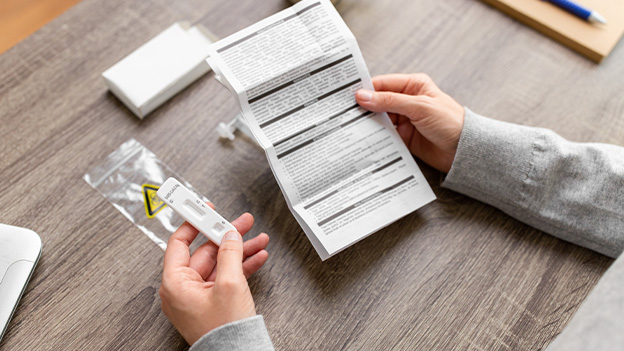


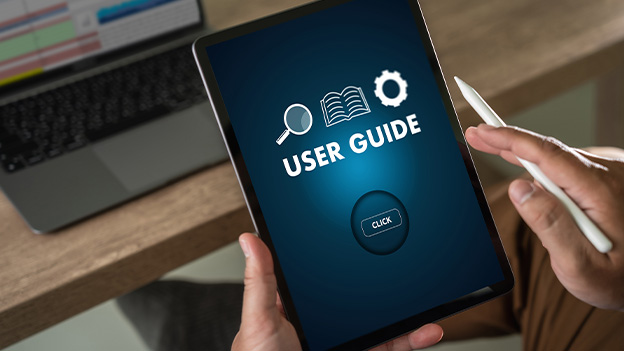



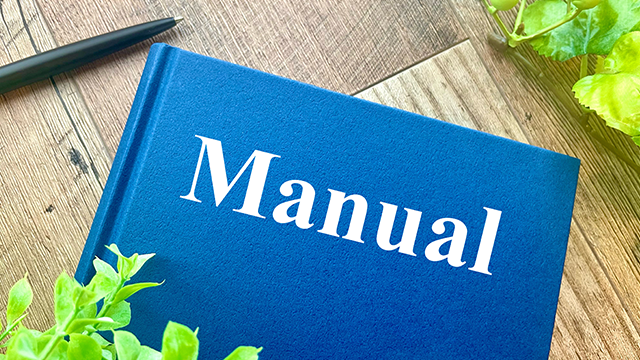





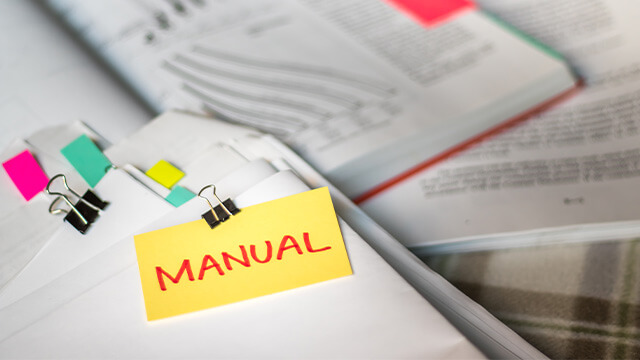
















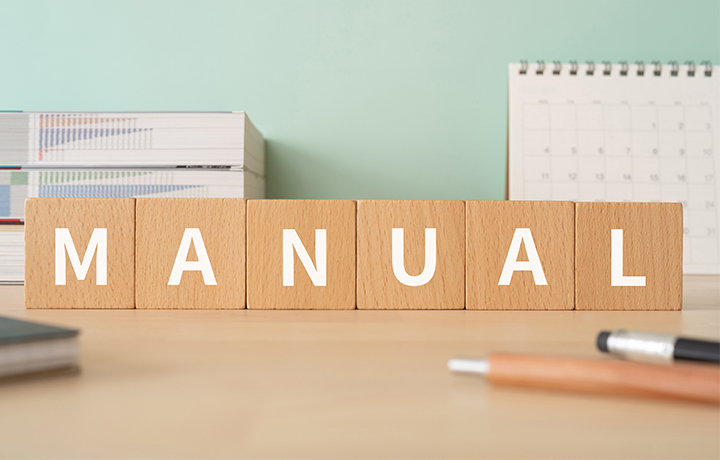





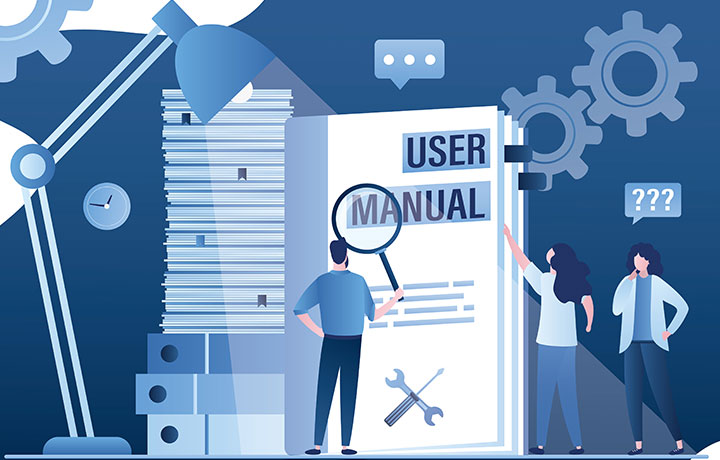


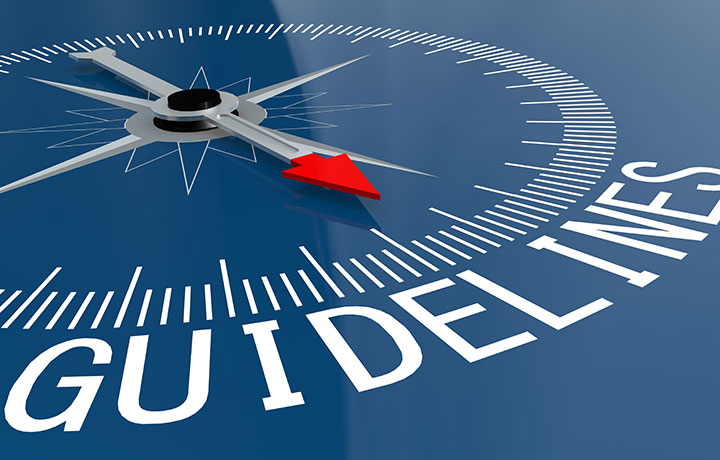
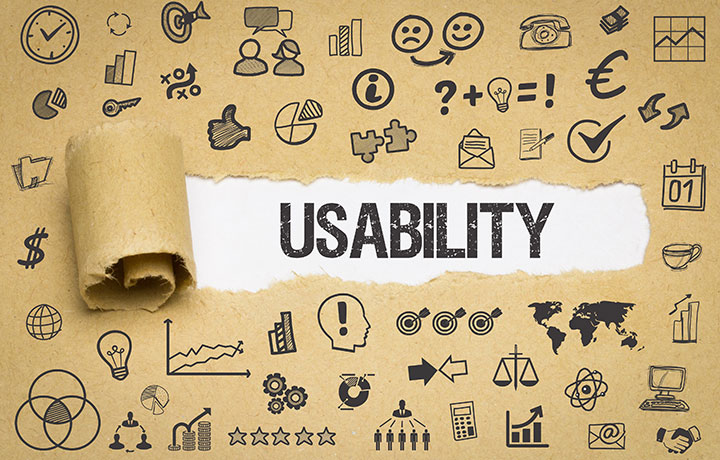



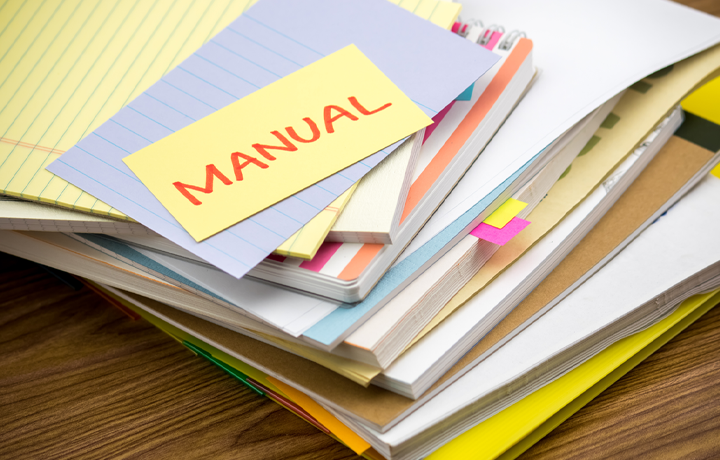

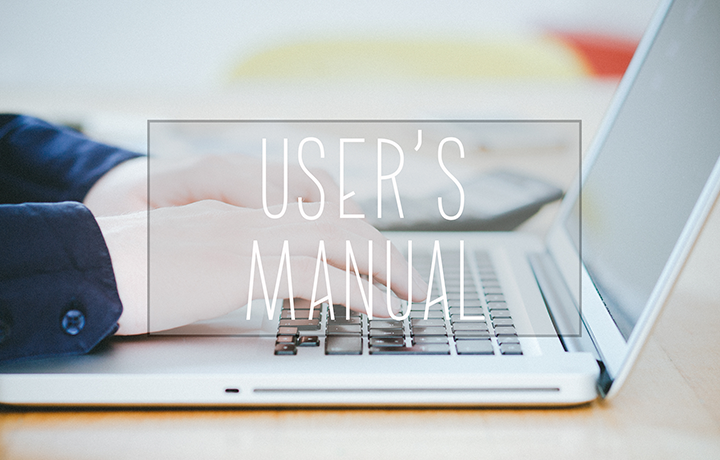











 Manual creation
Manual creation Director, Writer
Director, Writer In-house Support
In-house Support Video
Video Manual
Manual Manual Creation
Manual Creation One-Stop Service for Manual Creation
One-Stop Service for Manual Creation Manuals and Documents
Manuals and Documents